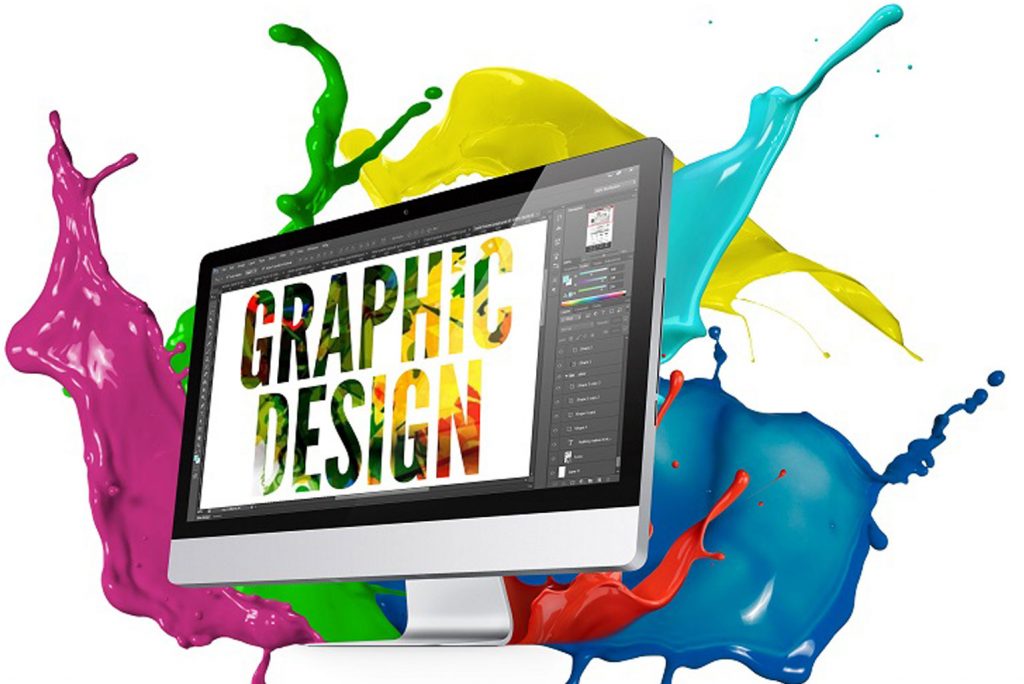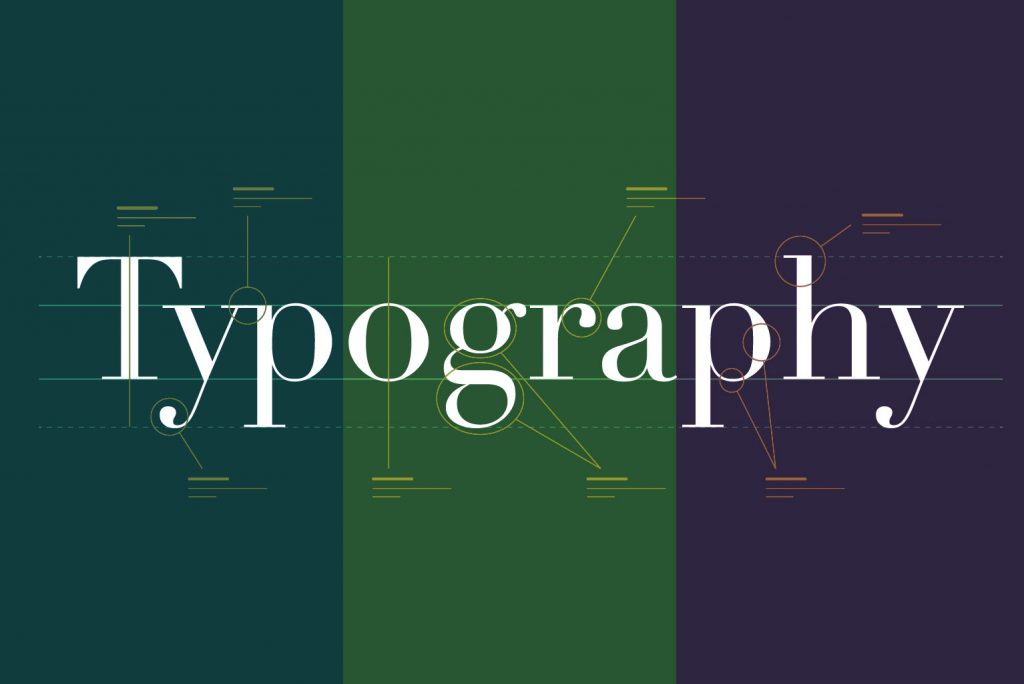Graphic design is a powerful tool that combines creativity and visual communication to convey messages effectively. Whether it’s creating logos, advertisements, or website layouts, understanding and applying the principles of good graphic design is essential for captivating audiences and achieving impactful results. In this article, we will explore the fundamental principles that guide successful graphic design and help designers create visually appealing and compelling designs.
Balance: Balance is a fundamental principle that brings harmony and stability to a design. It involves distributing visual elements, such as text and images, in a way that creates a sense of equilibrium. There are two types of balance: symmetrical and asymmetrical. Symmetrical balance involves arranging elements equally on either side of a central axis, while asymmetrical balance involves creating equilibrium through the strategic placement of different-sized elements. Achieving balance in a design ensures that it feels visually pleasing and organized.
Contrast: Contrast refers to the juxtaposition of different elements to create visual interest and highlight important information. Contrast can be achieved through variations in color, size, texture, or typography. By using contrasting elements, designers can draw attention to specific areas of a design and create a hierarchy of information. This principle helps to guide the viewer’s eye and make the design more engaging and dynamic.
Alignment: Alignment plays a crucial role in creating a cohesive and structured design. It involves positioning elements in relation to each other to establish a visual connection and organization. Proper alignment ensures that elements are visually connected and convey a sense of order. Aligning text, images, and other design elements helps in creating a professional and polished look, making the design more readable and easier to navigate.
Repetition: Repetition is the intentional use of recurring elements throughout a design. It helps create consistency and unity, reinforcing the visual identity of a brand or project. Repetition can be seen in the consistent use of colors, fonts, shapes, or patterns. By employing repetition, designers establish a visual rhythm, which enhances recognition and reinforces key messages within the design.
Proximity: Proximity refers to the placement of related elements in close proximity to one another. By grouping related elements together, designers create visual associations and improve the readability and comprehension of the design. Proper proximity helps users understand the relationships between different elements, such as text and images, and allows for efficient information processing.
The principles of good graphic design are essential guidelines for creating visually captivating and effective designs. By understanding and applying concepts such as balance, contrast, alignment, repetition, and proximity, designers can create designs that are visually appealing, well-structured, and communicate messages clearly. These principles help to capture the viewer’s attention, guide their eye, and create a memorable visual experience. By mastering these principles and combining them with creativity, designers can elevate their graphic design skills and create impactful designs that leave a lasting impression on audiences.





